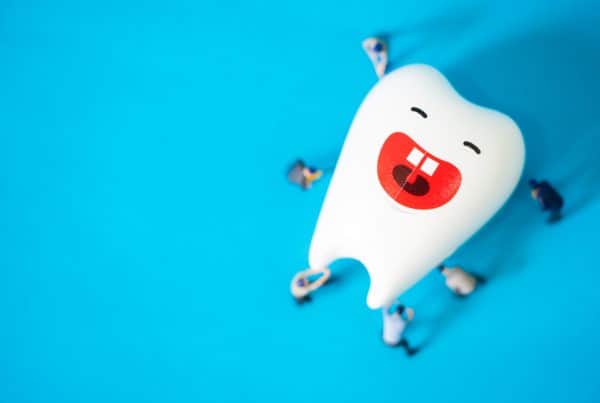Iron deficiency is the most common mineral deficiency worldwide and in Australia. An estimated 8% of preschool children, 12% of pregnant women and 15% of non-pregnancy women of reproductive age have anaemia caused by iron deficiency. In indigenous Australian communities, the prevalence can be much higher.
Iron plays an important part in carrying oxygen around the body so symptoms largely relate to reduced oxygenation of tissues: fatigue, shortness of breath, dizziness, poor concentration, as well as aches and pains, restless legs, poor thyroid function and developmental delays in children.
Deficiency can be caused by low dietary intake, increased requirements (e.g. pregnancy and breastfeeding), impaired absorption (e.g. coeliac disease or parasites) or blood loss (e.g. heavy menstrual bleeding). Deficiency is best determined by a blood test and given too much iron can be harmful one should always take a supplement under professional supervision.
Iron absorption is a tightly regulated process in the gut. In deficient states, our capacity to uptake iron increases and where we have too much it decreases. The presence of high numbers of gut bacteria have been found to inhibit iron absorption so that may need addressing if the anaemia is not explained by the above factors.
Correcting a deficiency is usually possible with supplementation but they commonly cause side effects. Iron bi-glycinate is the best absorbed and associated with fewer side effects. Supplementation is usually required for 3 months and blood retested to ensure the deficiency has been corrected. There are various dosing regimes for iron and strains of probiotics that can also increase iron absorption, meaning a quicker relief from your symptoms. Talk to your trusted health professional for guidance on the right product for you.





